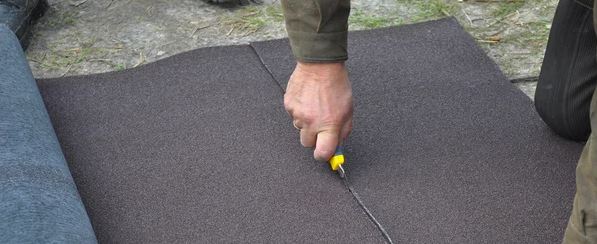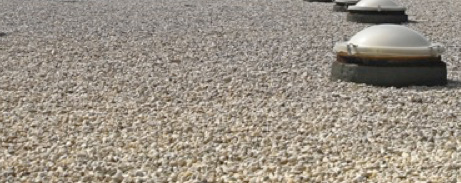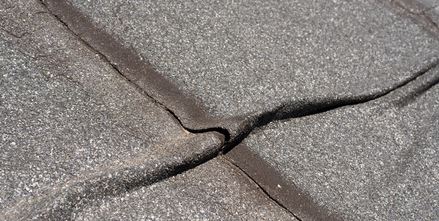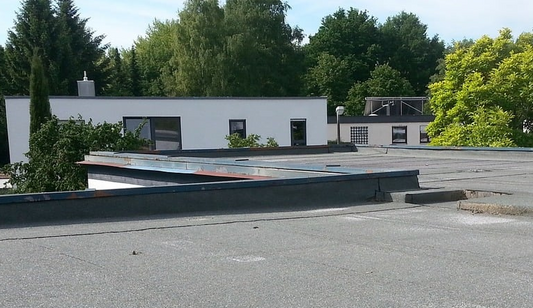Roofing felt is a crucial component in protecting your roof from the elements. This guide will help you understand the different types of roofing felt, how to choose the right one for your needs, and tips for proper installation and maintenance.
Types of Roofing Felt
There are two main types of roofing felt:
Organic felt: Made from cellulose fibers (wood or paper) saturated with asphalt. It is less expensive but also less durable than fiberglass felt.
Fibreglass felt: Made from fibreglass mat coated with asphalt. It is more resistant to tearing, shrinking, and wrinkling than organic felt.
Roofing felt also comes in different weights and thicknesses, such as:
- Felt #15: Used as an underlayment for steep-slope roofs. It is the lightest weight at around 15 pounds per 100 square feet.
- Felt #30: Heavier and more durable than #15, used for both steep and low-slope roofs. Weighs around 30 pounds per 100 square feet.
- Modified bitumen: A heavy-duty felt with added polymers for increased strength and flexibility. Used for low-slope or flat roofs.
Choosing the Right Roofing Felt
Consider the following factors when selecting roofing felt:
- Climate: In areas with extreme temperatures or high moisture, opt for heavier, more durable felts like modified bitumen.
- Roof slope: Use #15 felt for steep-slope roofs and #30 or modified bitumen for low-slope or flat roofs.
- Compatibility: Ensure the felt is compatible with your roofing material (shingles, tiles, etc.).
- Building regulations: Check local building regulations for any specific requirements.
- Warranty: Look for felt with a good warranty for added peace of mind.
Calculating the Amount of Felt Needed
To determine how much roofing felt you need:
- Measure the length and width of your roof to calculate the total square footage.
- Add 10-15% to account for overlaps and waste.
- Divide the total square footage by the coverage of the felt roll (usually 7 - 8 M2. per roll).
For example, if your roof is 25 M2. and you add 15% for waste, you'll need 28.75 M2 of felt. If the roll covers 7M2, you'll need 4rolls.
Installation Tips
- Prepare the roof deck: Repair any damage and clean the surface thoroughly.
- Ensure proper ventilation: Install ridge and soffit vents to prevent moisture buildup.
- Use the right nails: Use galvanized roofing nails with large heads to secure the felt.
- Overlap properly: Overlap felt layers by at least 2 inches on the sides and 4 inches on the ends.
- Seal around protrusions: Use roofing cement to seal around chimneys, vents, and other roof penetrations.
Maintenance and Repair
Regularly inspect your felt roof for signs of damage, such as:
- Wrinkles, blisters, or cracks in the felt
- Leaks or water stains on the ceiling
- Loose or missing nails
If you notice any issues, repair them promptly to prevent further damage. For small holes or cracks, apply roofing cement or sealant. For larger areas, patch with a piece of felt and seal the edges with cement.
Wrapping Up
Choosing the right flat roofing felt and installing it properly is essential for protecting your roof and extending its lifespan. Consider factors like climate, roof slope, and compatibility when selecting felt, and follow best practices for installation and maintenance. With the right felt and care, your roof will provide reliable protection for years to come.




